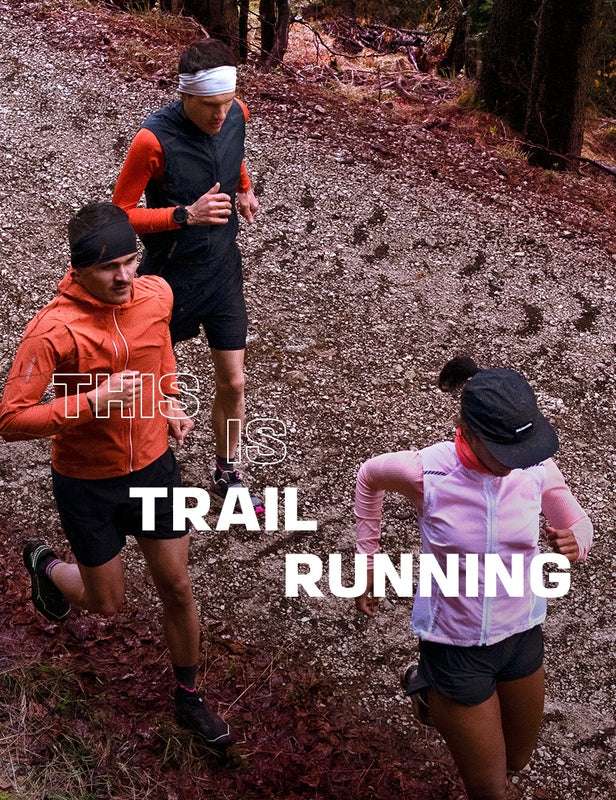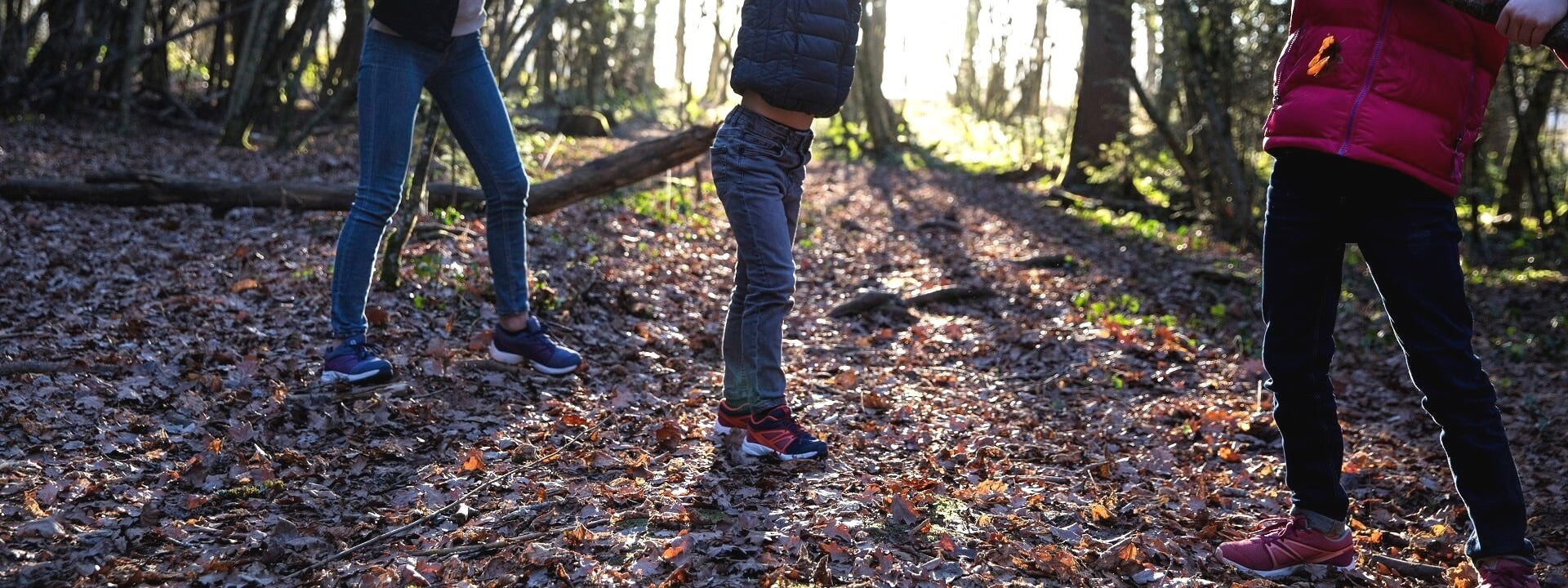HOW TO CHOOSE YOUR HIKING PANTS
In the same way you think of your shoes or your backpack, your choice of hiking pants is important for both freedom of movement and protection. Will you be hiking in summer or winter? In the mountains or the desert? Moving fast or taking it easy? Depending on your destination, the environment, the weather and your commitment, there are several criteria that should be taken into account when choosing your hiking pants. Here is some more advice.
TYPE OF PANTS
1 – SOFTSHELL OR NOT?
“Softshell” has become a common term when speaking about outdoor activities and literally means “soft shell”, which is a reference not to the material but to a specific type of weave. We define “softshell” as a two-dimensional weave where the interior and exterior are different. This process makes it possible to provide distinct functionalities between the layer that is in contact with the skin and the outer layer. Because of this structure, softshell delivers more comfort along with more insulation, additional protection against the cold while at the same time providing a soft feel and greater durability. While softshell seems to offer many advantages, it is also slightly heavier, warmer and also more expensive than non-softshell pants. We recommend this type of pant for winter hikes, hikes at altitude and hikes in unstable environments where conditions can change rapidly.
2 - WATER REPELLENT OR QUICK DRYING?
Whether you choose softshell or not, the other choice to make depending on your next hiking project is between pants that are water repellent or quick drying. Water-repellent fabric has a treatment that prevents water from penetrating the fabric and allows it to slide off. (In order to respect and protect the environment, these treatments meet a “PFC Free” norm). You’ll appreciate a water-repellent pant on hikes in light rain or when your activity puts you in contact with wet things like snow or tall, wet grass and plants. On the other hand, quick-drying pants absorb and disperse water which enables it to dry faster and are better suited for activities that take place in a dry environment.


3 – STRETCH
Fabrics are now available with different amounts of stretch. There are pants with 2-way stretch and others with 4-way stretch to adapt to your different movements and give you more freedom to move. On the contrary, non-stretch fabrics are not as elastic and are usually cut larger to allow full range of motion.
4 – CUT
The choice of cut comes into play on three levels: comfort, performance and style. A stretch pant that fits close to the body will be better suited to active endeavors. A snug fit, close to the body, will follow your movements with fluidity and will be less likely to snag on a tree or rock. Tights are comfortable and athletic, and in the same way leggings have become so popular among women, so too are tights becoming more and more common in hiking.
--- Our women’s tights
It’s important to note there are different leg lengths available in each pant size. A great fitting pant is comfortable and enables you to perform at your best!
DETAILS THAT MATTER
Nothing should be left to chance when choosing your hiking pants, every detail counts toward being as comfortable as possible during your adventure. In addition to the material and cut, comfort and practicality should also be taken into account when you’re making your decision.
- A gathered cuff at the bottom of the leg by means of elastic, Velcro or a button protects your ankles and provides additional comfort. Some pant models (often rain pants) include a lateral zipper at the bottom of the leg so you don’t have to take off your shoes to pull on your pants.
- Convertible pants: pants that convert to shorts for activities in variable weather conditions.
- Pockets: with zips or without, lateral, on the thigh or at the back, you’re sure to find happiness depending on the model of hiking pants.
- Waistband: there are different adjustment systems available: zip or button fly, Velcro, semi-elastic waistband, integrated belt or loops for your own belt, or even “pull-on” systems without a belt or buttons that are adjusted with a drawcord.
- Color: lighter colors absorb less heat than dark colors, but they also show dirt more easily. The choice is up to you. Also keep in mind that some pants have an anti-UV treatment, which is beneficial if you plan to hike in a place that is highly exposed to the sun.
In conclusion, to find the right pants you first need to identify your hiking projects and goals as well as your skill level and environment. Once those are determined you’ll find there are some pants that are better suited to your needs and others that are less so. Finally, you shouldn’t ignore your personal feelings and taste when choosing your hiking pants. A good pant is above all, a pant you feel good in!




